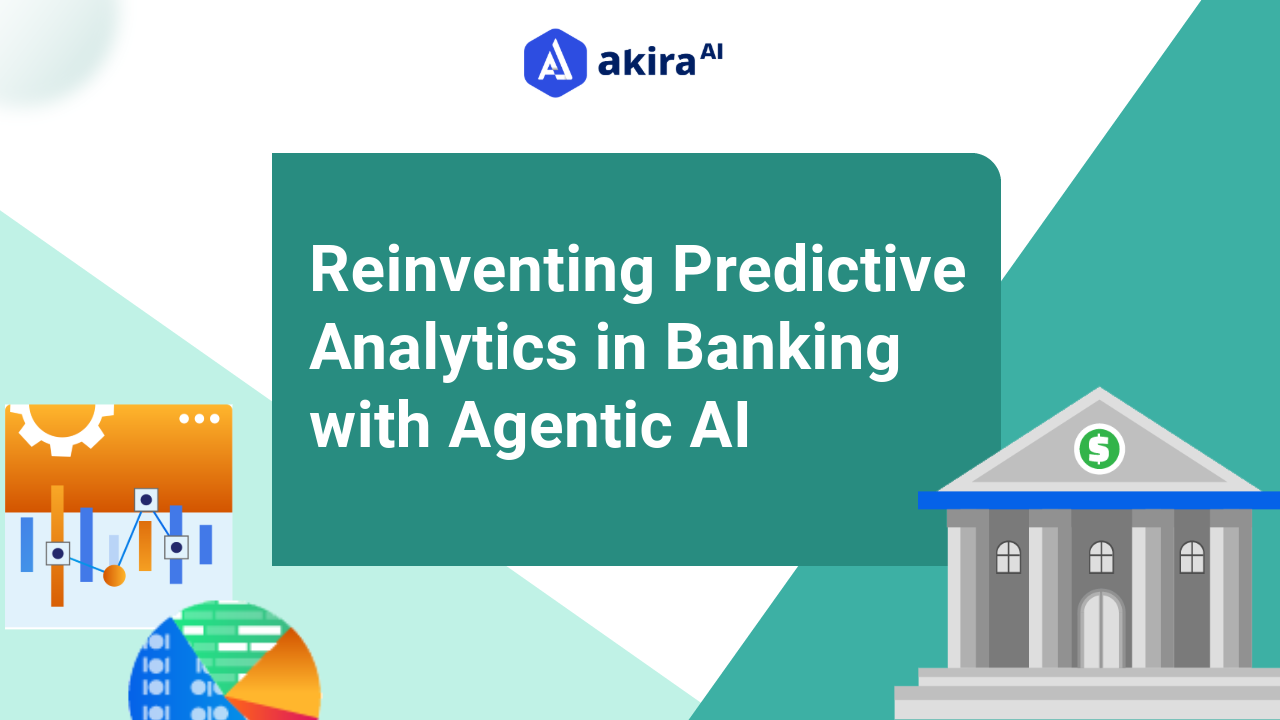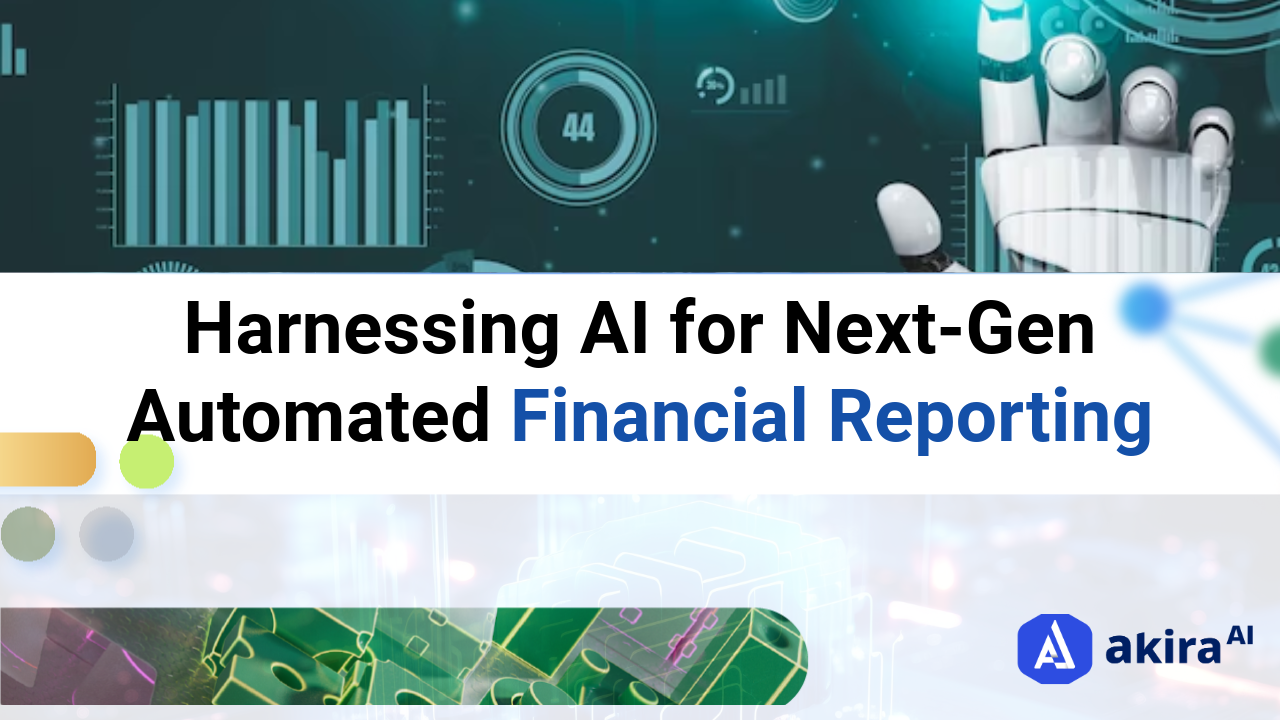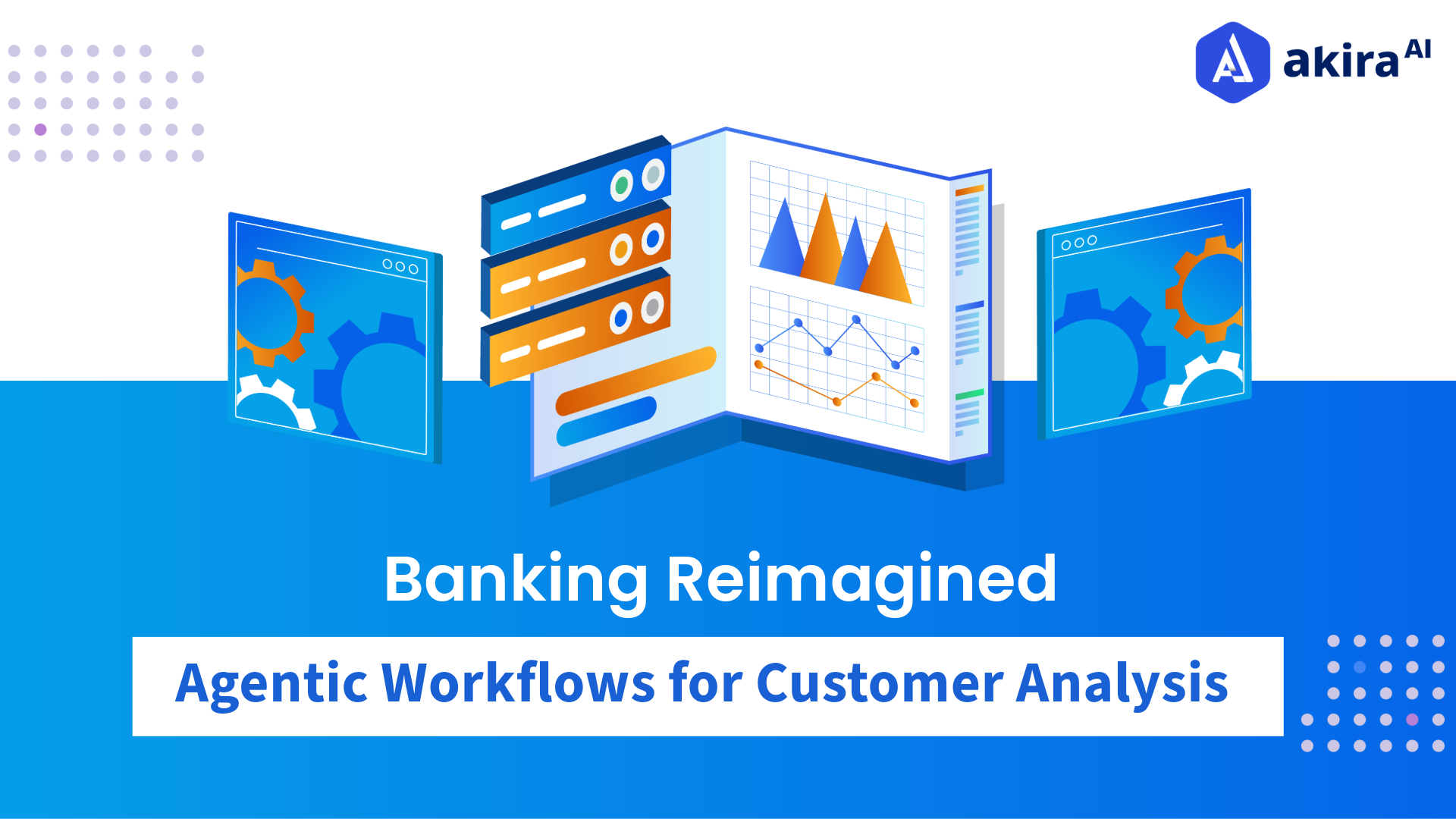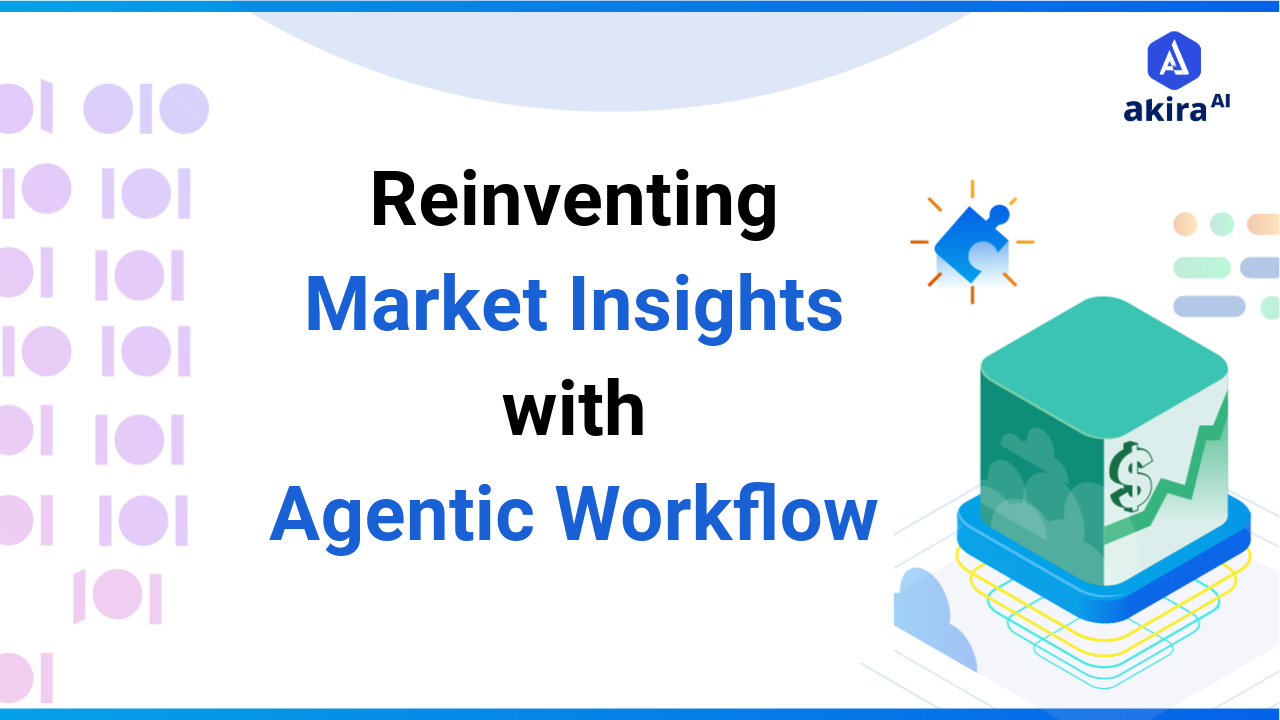Key Insights

With the world changing at a fast pace, data-empowered insights have become the bedrock of intelligent strategic decision-making. Leading the charge: predictive analytics is the basis that allows the bank to predict trends, detect fraud, and streamline operations accurately. Agentic AI with intelligent agents and autonomous workflows supercharges these capabilities. Such an alignment of AI-based decision-making and predictive models is transforming banks into something new: a wave of efficiency, precision, and innovation-cum-resting revolutions that guarantee financial institutions shall respond to challenges with resilience and foresight.
What are Predictive Analytics in Banking
Predictive analytics for banks refers to the use of advanced data analysis techniques to propound future outcomes based on patterns recognized in the analysis of historical data and real-time data. It therefore facilitates proactive decisions, rather than reactive decisions. Banks collect very massive datasets, including transaction histories, customer interactions, credit scores, and market trends, before arriving at meaningful insights to form the basis of critical decision-making processes.
Core to that are technologies such as machinecredit learning, artificial intelligence, and statistical algorithms. These approaches process and analyze large sets of structured and unstructured data with the intent of detecting trends, correlations, and anomalies that traditional analysis may not be able to easily catch; for instance, banks could make predictive models to give an estimate of the likelihood a customer defaults a loan or to observe anomalies in the data that may indicate fraud.
AI Agents in Predictive Analytics: A Brief Overview
AI agents are software organizations designed to work almost independently with very little human intervention. They use machine learning, natural language processing, and other technologies driven by AI to analyze data, make decisions, learn from outcomes, and improve over time. An AI agent enhances the usage of a predictive analytics model that learns from patterns in data, predicts the correct scenarios, and makes autonomous optimization of the prediction process.
In the banks, AI agents help predictive analytics with the automation of collection, analysis, and decision-making on data. They process large volumes of financial data identify trends much faster than any analyst does and come up with insights. The AI agents thus function without interference, and they always learn from new information, henceforth improving upon the forecast, wherein the prediction becomes stronger and timelier for the banking sector.
Traditional Analytics vs. Agentic AI-based Predictive Models
|
Aspect |
Traditional Analytics |
Agentic AI-based Predictive Models |
|
Data Processing |
Manual data collection and analysis |
Automated, real-time data processing |
|
Learning |
Static models that need manual updates |
Dynamic models that self-learn and update |
|
Speed |
Slower due to manual intervention |
High-speed, autonomous operations |
|
Scalability |
Limited by human resources and infrastructure |
Scalable across vast datasets and workflows |
|
Decision Making |
Human-driven, with model-based suggestions |
Autonomous, AI-driven decision-making |
|
Error Handling |
Requires human intervention to correct errors |
Adaptive, self-correcting systems |
|
Cost Efficiency |
Higher operational costs due to manual input |
Reduced costs through automation and efficiency |
Akira AI Agent In Action
-
Data Ingestion: Starting with a very broad range of sources from which data pertains, like information about customers, market data, financial data, and operation data creates such a rich dataset that this can even form the backbone of the whole Predictive Analytics Framework undergirding agentic AI's ability to present an integral view of the banking landscape.
-
The Master Orchestrator Agent: carries a significant burden. It is the one forming the orchestration of the flow of information from the sources to the specific, specialized agents after ingesting the available data. The agentic workflow ensures the directing of relevant data to the right agents, therefore proper and effective communication and collaboration.
-
Agent Specialization: There are specific agents for this task, such as a Customer Profiling Agent, Risk Assessment Agent, Market Analysis Agent, Financial Forecasting Agent, and Recommendation Engine Agent, which analyze the directed data. All agents specialize in one specific area of expertise and use advanced algorithms to create insights or models for the prediction of the respective application.
-
Generation of Collaborative Insights: They feed back their findings to the Master Orchestrator Agent that integrates insights into effective strategies. The agents working collaboratively leads to effective decision-making; the agents collaborate in a workflow to offer cumulated insights that would be informative in deciding further about banking operations and strategies.
-
Synthesized insights: form a basis for triggering decisions that work on every function related to banking, like risk management, customer engagement, and financial forecasting. Agentic AI, therefore, ensures that such decisions are data-driven and on time with needs related to the customers, thus increasing operational efficiency and improving the satisfaction of customers.
Use Cases of Predictive Analytics in Banking .jpeg?width=1920&height=1080&name=image%20(2).jpeg)
Fig 1: Use Cases Of Predictive Analytics In Banking-
Fraud Detection: In real-time, the system identifies anomalous transaction patterns so that suspicious activity may be flagged or blocked in advance before becoming worse. Continuous observation of behavior prevents fraud, hence avoiding potential damage. This proactive approach gives improved security to banks. Banks can respond quickly to the threat and minimize losses.
-
Credit scoring: More accurate scores emerge in such cases, derived from an extensive range of data, including financial history and social behavior. Thus, loan decisions will be much better, and defaults lower because things beyond the traditional credit reports are considered. It opens opportunities to underserved customers and allows for fairer lending. This can ensure greater reliability due to more comprehensive data.
-
Customer Segmentation: Subgroups of the customers are identified on the grounds of activities including spending, choice, and history of engagement. Personalized products and services are provided to different customer groups to enhance engagement and retention. Targeted marketing campaigns are more effective. Consequently, banks achieve better expertise about individual customers' needs to foster loyalty among them.
-
Loan Underwriting: This shortens the approval times and ensures that there is uniformity of decisions, thus further minimizing human errors. Obtaining an applicant's risk profile, financial history, and external data becomes very fast, and this shortens loan approval time. The borrower receives responses quickly. Automated risk analysis improves efficiency and customer satisfaction.
-
Churn Prediction: Banks thus analyze customer behavior for such individuals most likely to leave. They, therefore, take proactive steps in the intervention of personalized offers or improved service. Churn is thus identified early; hence valuable clients are retained, and loyalty is strengthened. Targeted interventions minimize churn rates, leading to long-term profitability through customer retention.
-
Investment Advisory Market: trends and history are analyzed to provide predictive insights on making investment decisions. Based on risk tolerance, better portfolio strategies are recommended to an investor through several different market simulations. This results in more informed, therefore better optimized, investment decisions. Both clients and banks benefit from this enhanced advisory service
-
Operational Efficiency: Routine processes, like data entry, compliance checks, and resource management, are automated, so this improves general operational efficiency. It will make the workforce and resources available ahead of time, leading to a cost reduction in the chain. Efficiency gains bring about faster delivery of service. Improved internal workflow streamlines the organization's productivity.
Optimizing Predictive Analytics with Akira AI's Agentic Platform
-
Customer profiling agent: This agent does customer data reviews about demographics, behavior, preferences, and financial history and creates very detailed profiles. It makes use of the powers of machine algorithms to identify segments and patterns that are helpful for banks to offer customized as well as differentiated marketing strategies. It leads to insights that help personalize the service, which improves satisfaction and increases retention.
-
Risk Assessment Agent: This one acts like a risk assessment agent, as it evaluates financial risks because it interacts with credit history, transaction patterns, and other related external economic indicators. The agent applies predictive modeling to estimate the probability of default, fraud, and other risks. By sending alerts and recommendations in due time, the agent empowers proactive risk management, allowing the bank to reduce losses in case of financial crises.
-
Market Analysis Agent: This market research agent is keen on the analysis of market trends and competitive landscape using updated data and historical data. The option of emerging opportunities and threats is tracked based on the compiled data. Economic indicators, fluctuation trends in the market, and competitor's performance help in giving information necessary for strategic planning and investment decisions. This agent plays a crucial role in keeping the banks competitive and responsive to market changes.
-
Financial Forecasting Agent: This agent determines future financial results based on what is happening currently and historically. It analyses different financial metrics such as revenues, expenses, and cash flows using advanced forecasting models. The insights from this agent will guide the banks in preparing their budgets, allocating appropriate resources, and designing their strategies when making financial decisions in concordance with the goals they set for themselves.
-
Recommendations Agent Engine: This Recommendation Engine Agent analyzes customer interaction data, preferences, and market trend data, which helps in providing product and service recommendations. In particular, it supports the cross-selling of banking solutions through techniques such as collaborative filtering and content-based filtering. That way, appropriate banking solutions can be provided to the customers to increase engagement and satisfaction while maximizing commitment by banks to customer engagement.
Operational Benefits of the Predictive Analytics in Banking
-
Faster Decision-Making: AI rapidly analyzes massive datasets in real time, allowing banks to make faster, data-driven decisions in areas such as loan approvals, credit scoring, and fraud detection. This significantly reduces processing times, enabling the bank to act quickly and efficiently, which is crucial in a fast-paced financial environment.
-
Enhanced Customer Experience: With AI-powered predictive analytics, banks can tailor products and services to individual customer preferences by analyzing behavior, spending patterns, and financial goals. This personalization leads to more relevant offers, improving customer satisfaction, loyalty, and engagement, which helps banks build stronger relationships with their clients.
-
Cost Efficiency: AI automates routine tasks such as data analysis, transaction monitoring, and compliance checks, reducing the need for manual labor. This results in lower operational costs and minimizes human errors. By optimizing workflows, banks can reallocate resources to more value-added activities, driving higher productivity.
-
Improved Risk Management: AI models are capable of identifying risks early, such as predicting loan defaults or detecting unusual transaction patterns linked to fraud. This allows banks to take preventative measures, protecting their financial assets and minimizing potential losses. AI enhances risk management by continuously learning from new data to improve its predictions over time.
-
Scalability: AI solutions allow banks to expand predictive analytics across multiple operations, from customer service to investment management, without needing significant additional infrastructure or manpower. This scalability enables banks to handle increasing amounts of data, improve operational efficiency, and grow their services while maintaining consistency and high performance.
Technologies Enhancing Predictive Analytics in Banking
|
Technology |
Function |
|
Machine Learning |
Learns from data to improve predictive accuracy over time |
|
Natural Language Processing |
Analyzes unstructured data like customer reviews or social media trends |
|
Big Data |
Handles large datasets, making predictive analytics more comprehensive |
|
Cloud Computing |
Provides scalable storage and computing power for predictive models |
|
Blockchain |
Enhances security and transparency in data used for predictive analytics |
|
IoT (Internet of Things) |
Collects real-time data from connected devices for more accurate forecasts |
|
Robotic Process Automation |
Automates repetitive tasks, freeing up resources for predictive analysis |
The Future of AI Teammates in Banking Predictive Analytics
- Better decision-making: Future AI systems will use more complex methods of machine learning to make decisions based on far more subtle criteria that are variable-based rather than rule-based, including many more parameters and more sources of data.
- Preventive risk management: The agentic AI will identify all the risks before their manifestation and assist banks in developing proactive strategies toward better financial stability and compliance.
- Real-Time Analytics: Data will be sent to banks which can analyze the same in real-time for the latter to make decisions within an instance and respond fast to cases of market movement.
- Seamless customer interactions: The use of AI will facilitate more intuitive and engaging interactions with customers through natural language processing and sentiment analysis, therefore better services and satisfaction.
- Predictive maintenance: This would stretch to the operational infrastructure as well; the maintenance requirements for the banking systems would be predicted, hence preventing downtime to ensure uninterrupted service. Ethical AI Development This means actual full transparency, openness, fairness, and accountability of the predictive analytics process would come into the ethical practice of AI with growing dependency on AI.
Conclusion: Predictive Analytics in Banking
This is changing the way agentic AI revolutionizes how the application of predictive analytics in banking creates practice. A bank can, therefore, ensure streamlined decision-making processes, lower costs, and offer hyper-personalized services with levels of efficiency, accuracy, and scalability heretofore unknown. The banking future, in this regard, is continually shaping up through the integration of AI agents at increasingly intense levels.


